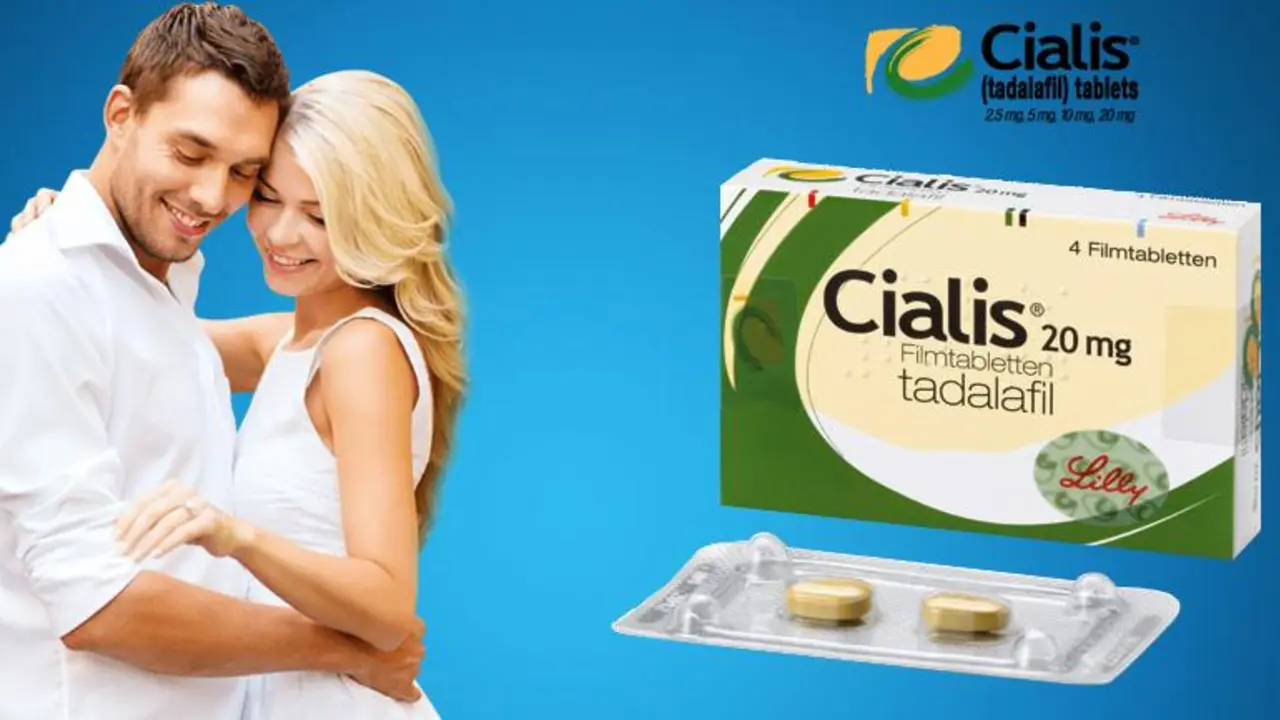Online purchase: How to buy meds and supplements safely
Buying medicine online can save time and money, but it also carries risks. Want to know how to avoid fake pills, shady sites, and wasted money? Start with checks that take minutes but protect your health and wallet.
How to verify an online pharmacy
First, look for a real address and phone number. A generic contact form with no physical address is a red flag. Next, check for pharmacy licensing. In the U.S., legit pharmacies show state license info and may be listed on NABP or similar regulators. Outside the U.S., look for local regulatory seals and readable contact details.
Does the site require a prescription? If a pharmacy sells prescription-only drugs without asking for a valid script, walk away. Real pharmacies either require upload of a prescription, offer an online consultation with a licensed prescriber, or advise you to send one from your doctor. Also inspect product pages: clear drug names, active ingredients, dosage, and batch or expiration info are signs of a legit seller.
Read reviews — but read them carefully. Look for detailed reviews that mention order processing, shipping times, packaging, and customer service. Be skeptical of sites with only glowing, short reviews or testimonials on the seller’s own page. Use third-party review sites and forum posts for real user experiences. If you find many complaints about counterfeit pills or missing orders, skip that shop.
Practical buying tips
Compare prices, but don’t chase the lowest price. Extremely cheap meds can be counterfeit or expired. Look for reasonable discounts, bulk deals from trusted providers, or verified coupon services. If you’re buying brand-name drugs, check manufacturer warnings on authorized sellers.
Check shipping and customs policies. Some countries restrict certain drugs; customs can seize packages or require extra documentation. Choose tracked shipping and consider insured delivery for higher-cost orders. Expect a delay for customs clearance and plan accordingly — don’t run out of an essential medication because you relied on a slow parcel.
Keep your records. Save order confirmations, tracking numbers, photos of packaging, and any correspondence. If something goes wrong, you’ll need evidence to dispute charges, report a counterfeit product, or get a refund.
Watch for signs of counterfeit or unsafe meds: unusual color, odd smell, different markings, or packaging errors. If a drug looks off, stop taking it and contact your healthcare provider. Report counterfeit medicine to your national drug regulator — this helps protect other people.
Need a starting point? Look for pharmacy reviews that mention verification steps, shipping transparency, and clear prescription policies. Articles that compare coupon services and alternatives can also save you money without compromising safety. Buying online can work well when you follow a few simple checks and keep realistic expectations about price and delivery.
If you want, I can point out specific red flags on a site you found or recommend trusted resources for online pharmacies in your region.
